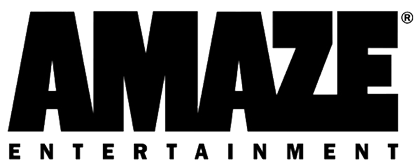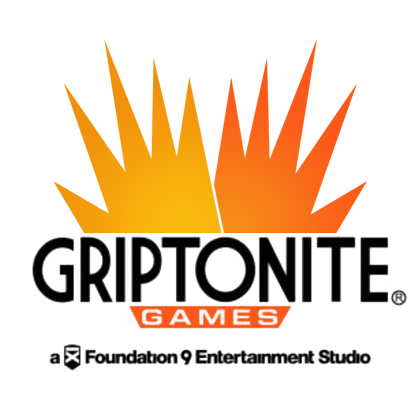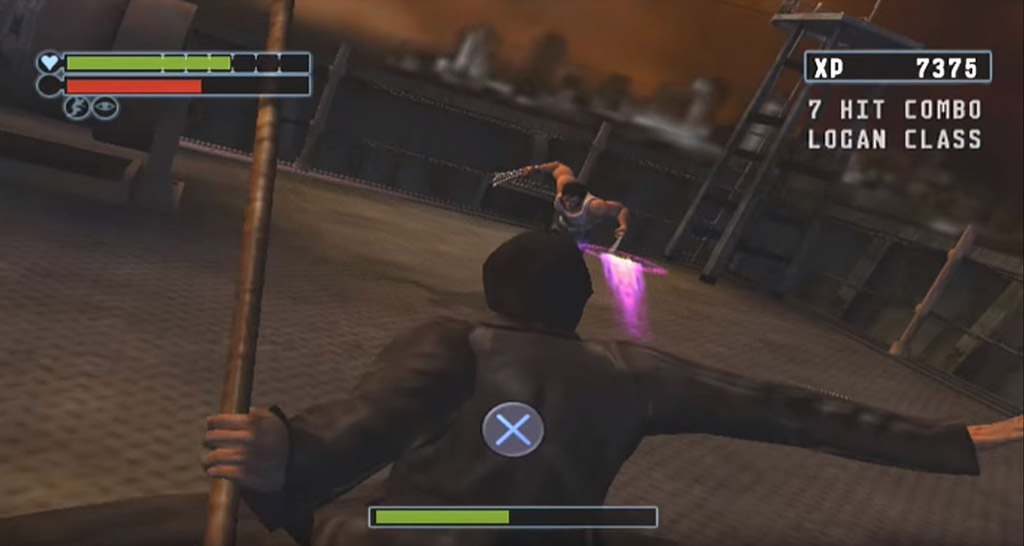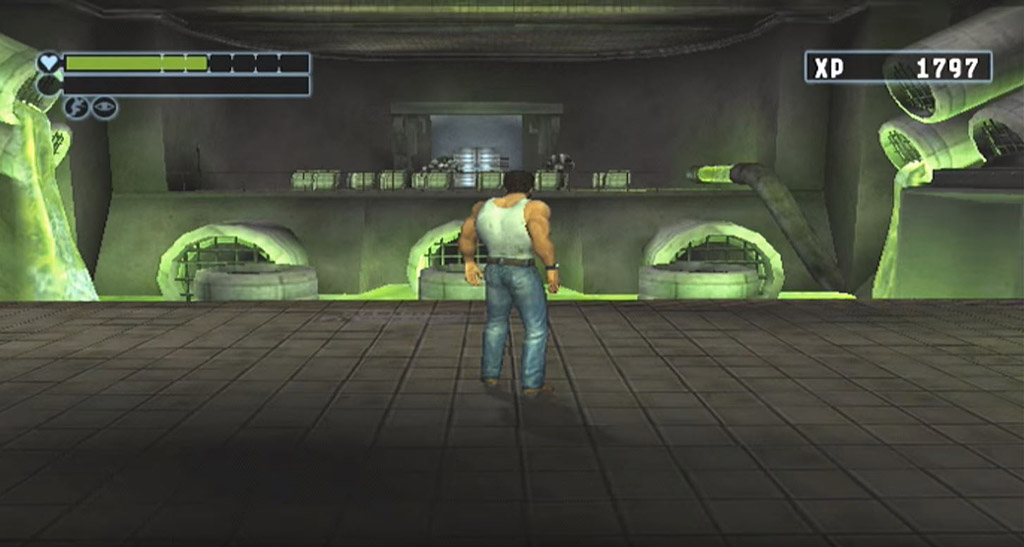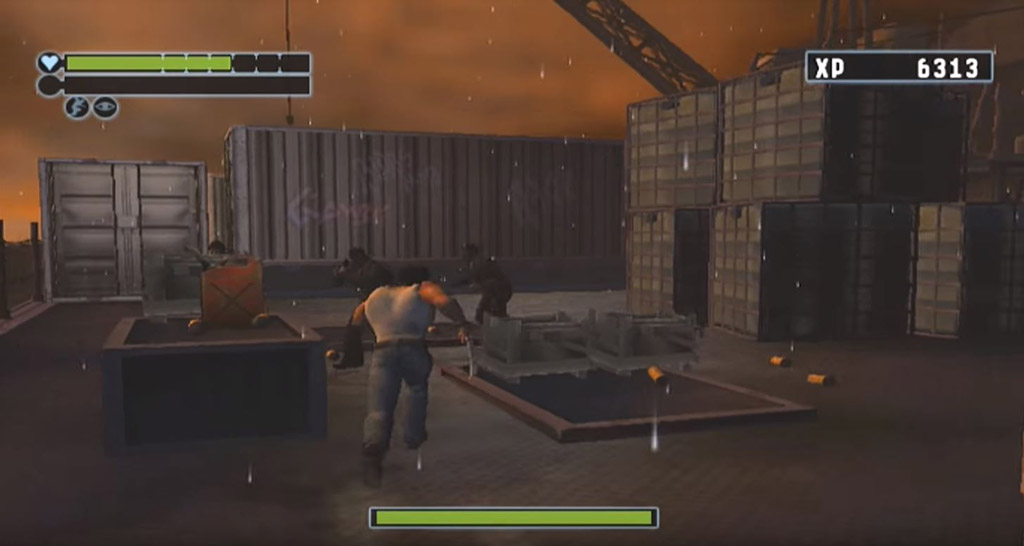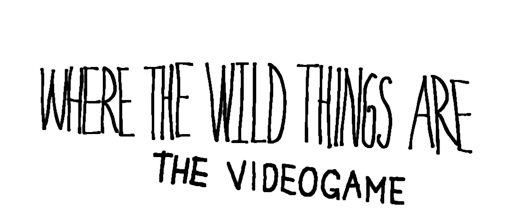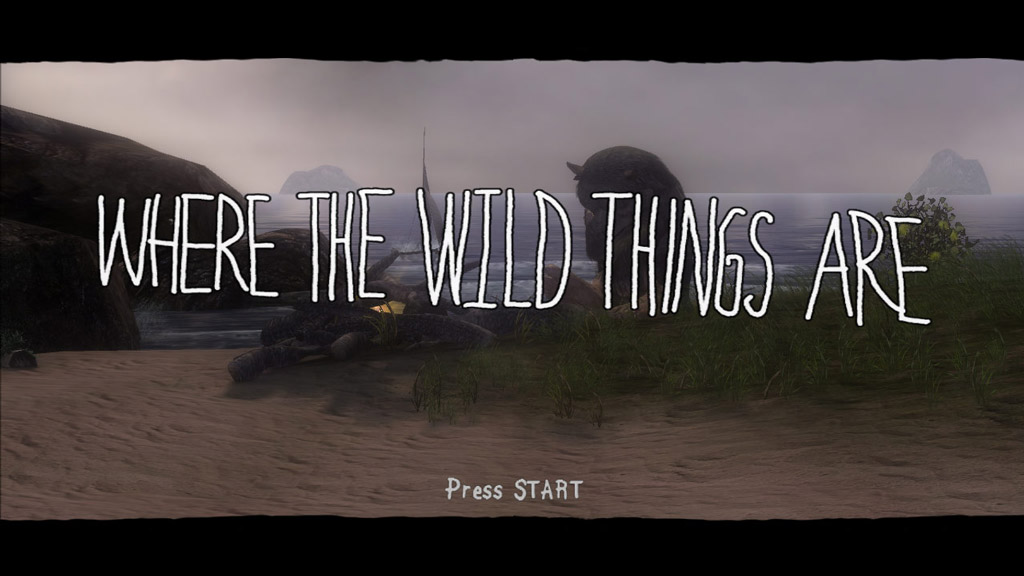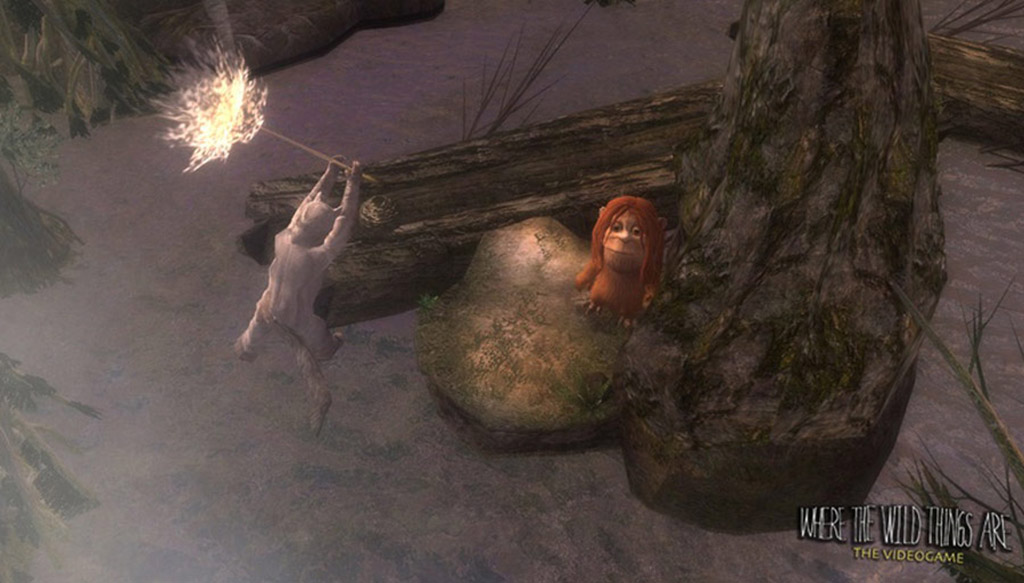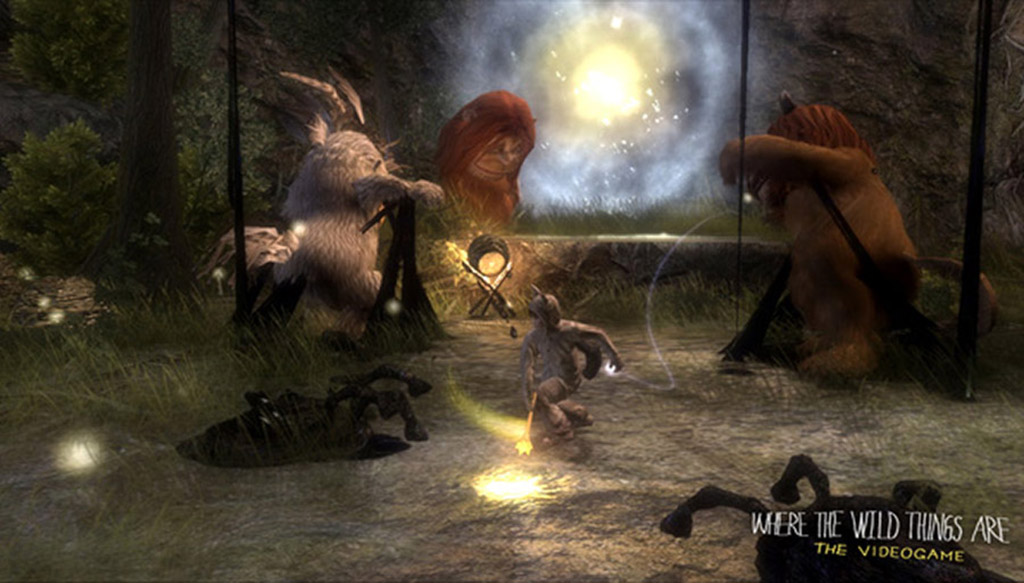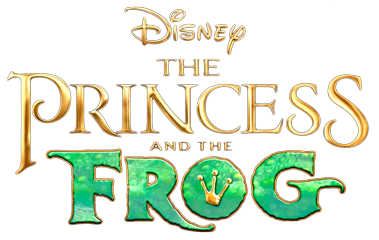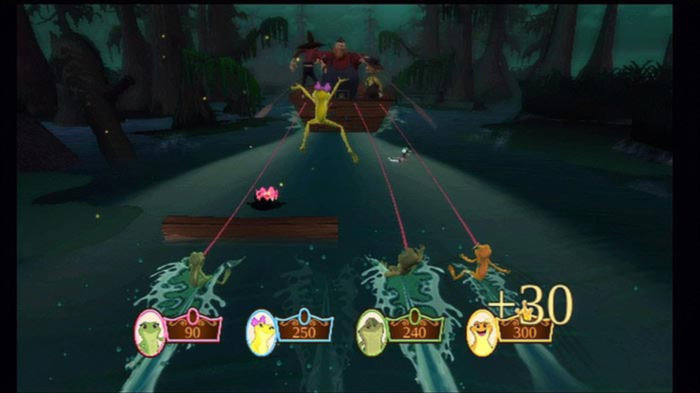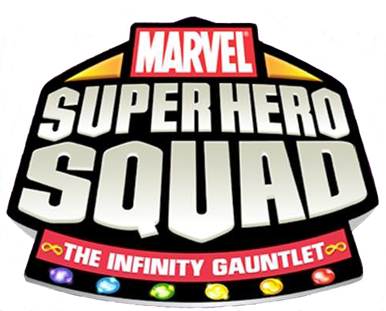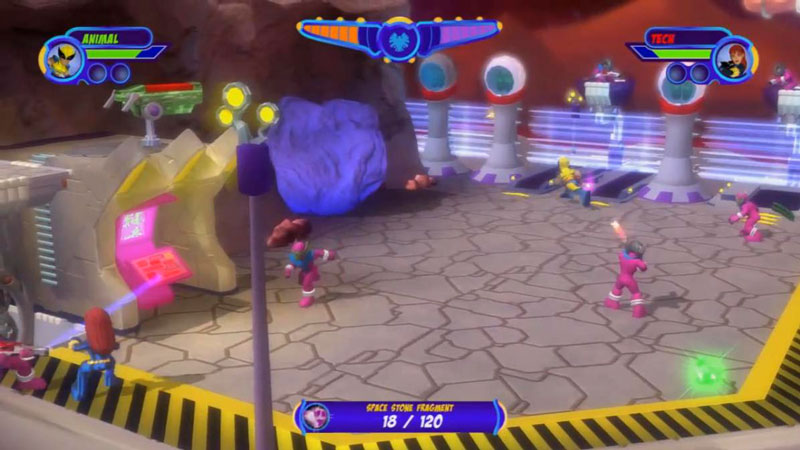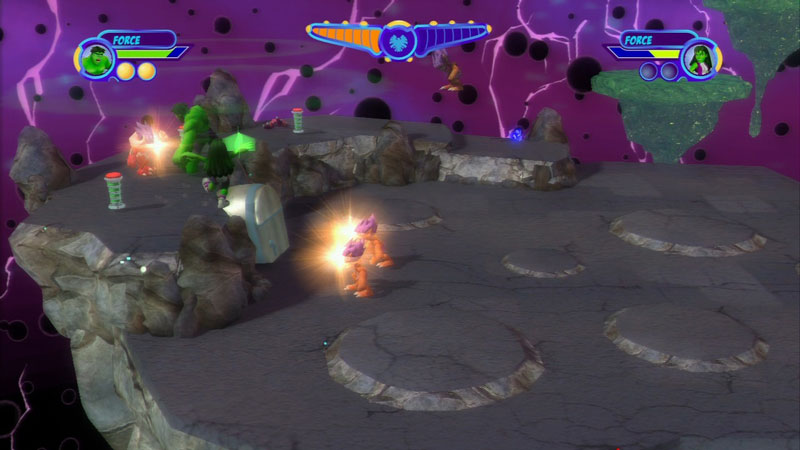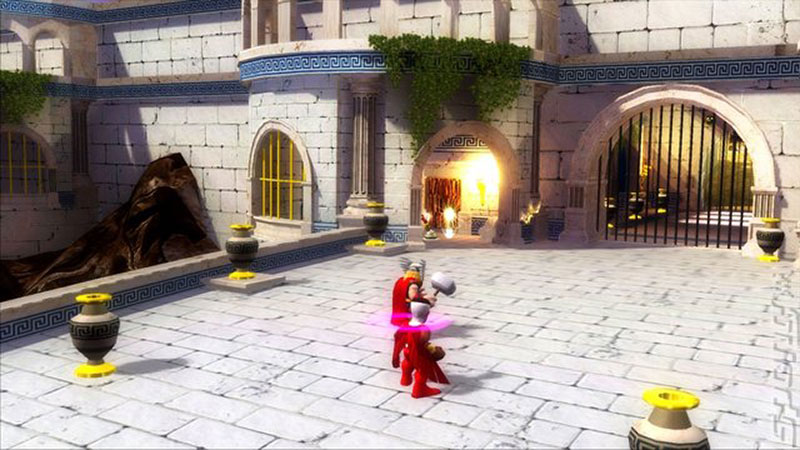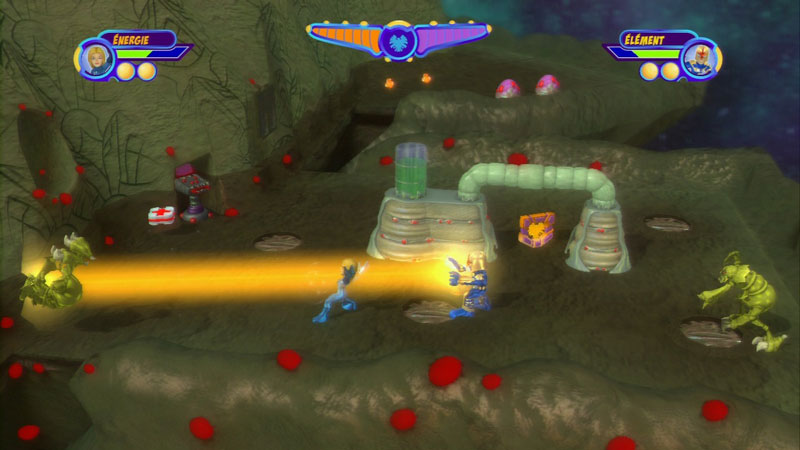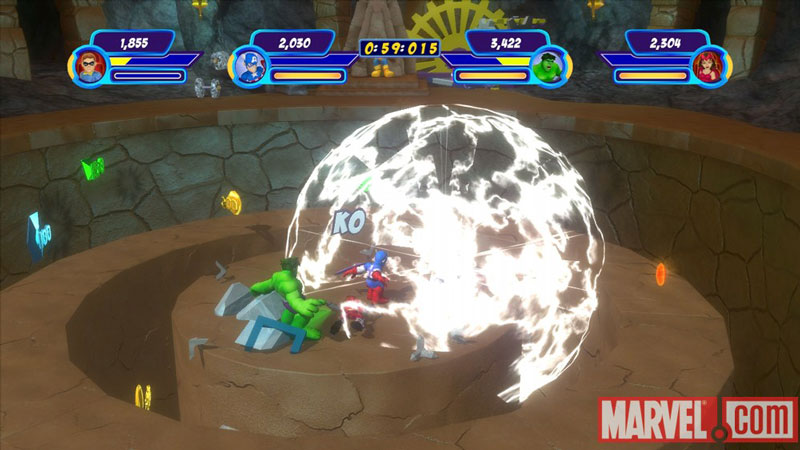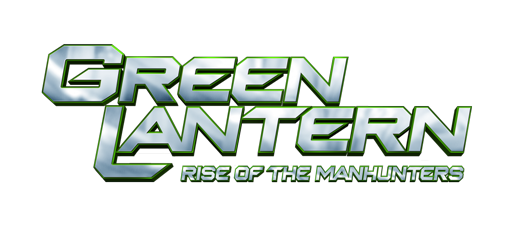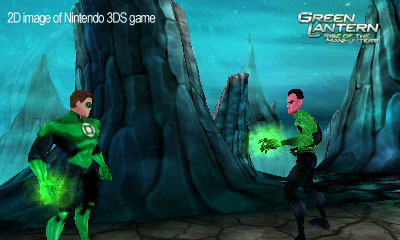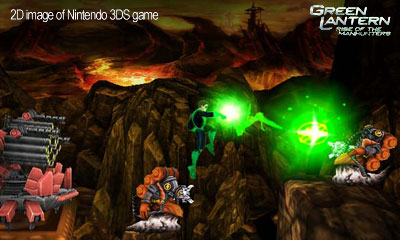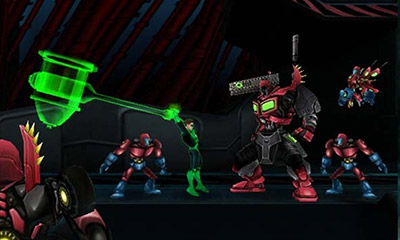I joined Amaze Entertainment in August of 2008 as an Environment Artist. The studios primary focus was on licensed titles for all gaming platforms including XBOX, Playstation, and Nintendo. The average production cycle for each project was only 8 to 10 months, with hard delivery dates based on the license title release.
I worked closely with several Art Leads and Art Directors and quickly learned the ins and outs of world building in a fast paced production environment. In my time at the studio I wore many hats including: Senior Environment Artist, Lead Artist, and Art Manager. I was able to see projects from design inception and prototype, through production, certification, final release and live operations. I also traveled to Hyderabad India, to help setup an in-source studio for additional resources.
In July of 2009 Amaze Entertainment was rebranded as Griptonite Games, it's former subsidiary that focused on handheld projects.
